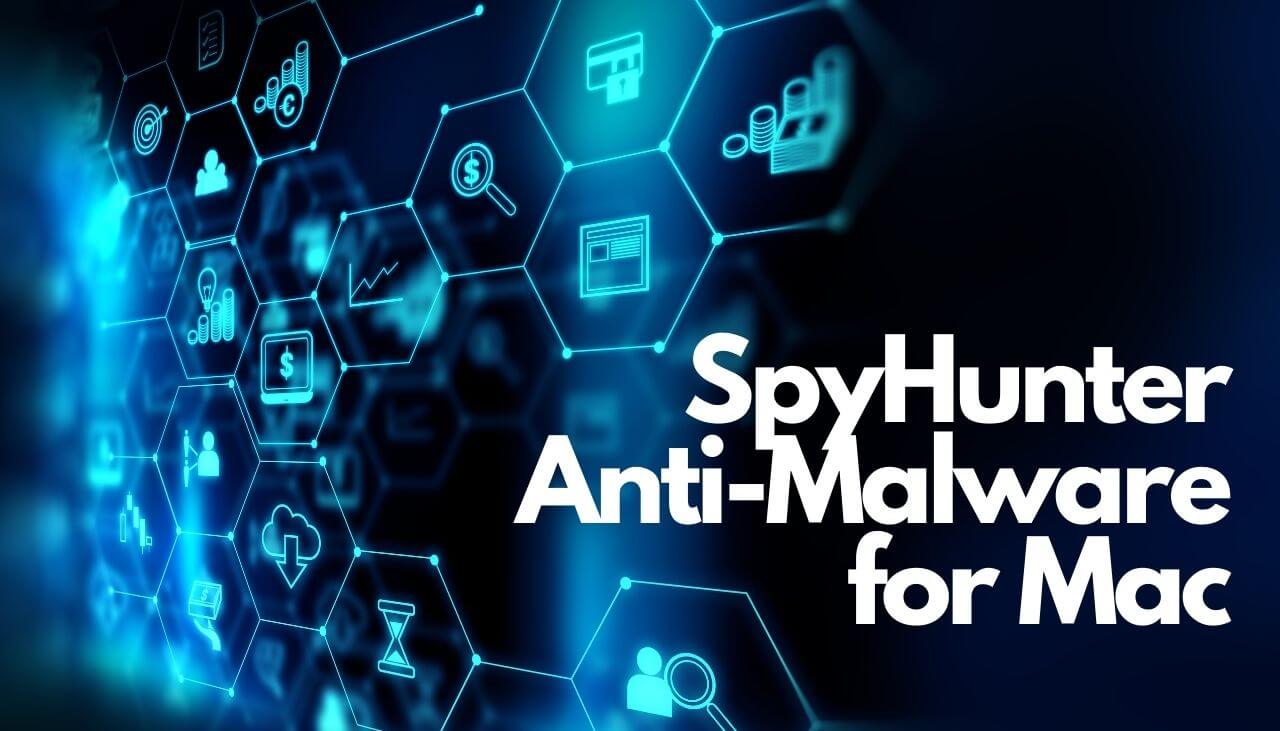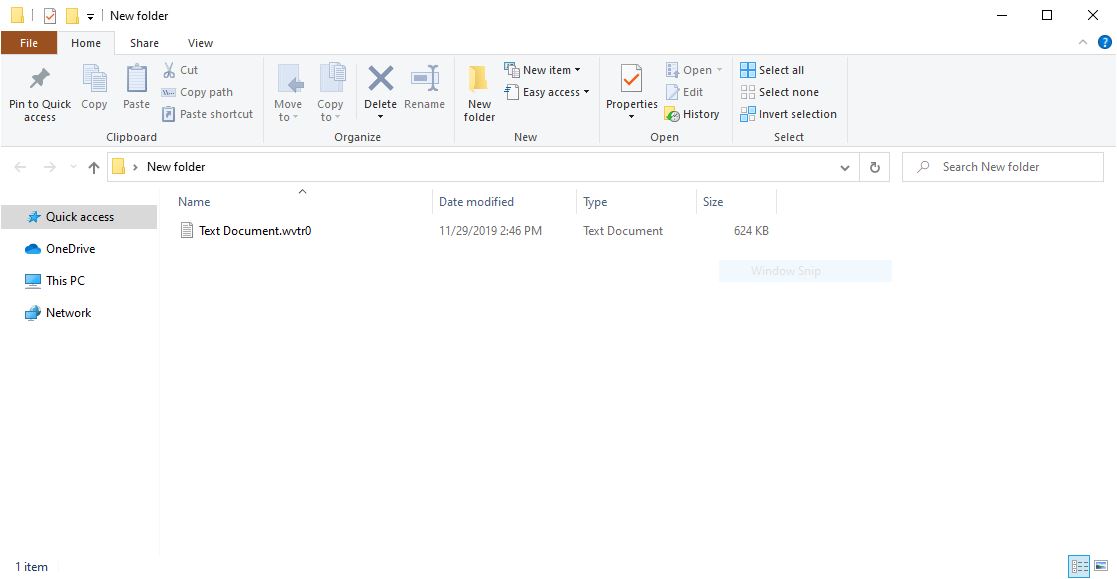 This article has been created in order to best explain what is Snatch ransomware and how you can remove it from your computer.
This article has been created in order to best explain what is Snatch ransomware and how you can remove it from your computer.
Snatch Ransomware is a virus whose main idea is to enter your computer and encrypt your files using an advanced encryption mode. The outcome of this is all your documents become unusable with the added .wvtr0 file extension to the encrypted files. The main objective of Snatch Ransomware is to drop its ransom note and get you to follow the instructions in it. Read this article to learn more about Snatch Ransomware plus how you can try and decrypt files, encrypted by it on your computer.

Threat Summary
| Name | .wvtr0 Virus |
| Type | Ransomware, Cryptovirus |
| Short Description | Snatch Ransomware aims to use encryption on your important files and then ask you to pay the sum of $300 to get the files to work again. |
| Symptoms | Snatch Ransomware ads the .wvtr0 extension to the encrypted files and drops a note. |
| Distribution Method | Spam Emails, Email Attachments, Executable files |
| Detection Tool |
See If Your System Has Been Affected by malware
Download
Malware Removal Tool
|
User Experience | Join Our Forum to Discuss .wvtr0 Virus. |
| Data Recovery Tool | Windows Data Recovery by Stellar Phoenix Notice! This product scans your drive sectors to recover lost files and it may not recover 100% of the encrypted files, but only few of them, depending on the situation and whether or not you have reformatted your drive. |

Snatch Ransomware — Technical Analysis Update (Update December 2019)
Shortly after the Snatch release has been used in widespread attacks against users worldwide a detailed analysis was posted online giving further information about the virus activity. There are several distinct areas where the virus is shown to be quite different from other common threats. This is evident from the large number of malicious actions which the main engine can cause.
One of the larger outbreaks in October this year allowed security researchers to discover that after setting itself as a service (by modifying the operating system’s configuration) the virus will restart the system and enter it into Safe Mode. This is an intentional action as in this environment many anti-virus programs will be automatically disabled, alongside other services that may block the Snatch ransomware. The actual encryption will take place only when Safe Mode has been booted.
The surge of attacks indicates that the hackers aim to infect enterprise networks using automated attacks. The security researchers were able to track down several instances where computer hackers were looking for partnership with other criminals in order to deploy the Snatch ransomware. The posts gives an understanding of what the main distribution methods are — manly vulnerable remote desktop control software and services, as well as database servers.
When the hackers hijack an administrative account they will use the available assets in order to take over other hosts available on the network. This is done automatically and includes a very extensive data gathering procedure, some of the information which is hijacked will include the following:
- WMIC System & User Data
- Active Processes
- Services Memory Contents
- Computer Hardware & Operating System Values Information
All harvested data will be transmitted to a hacker-controlled server via a built-in Trojan module. The data which is to be sent will be prepared in advance and placed in a temporary location before it is sent. After the hackers have acquired the data sets the local ransomware installation will be updated with further dangerous modules. What we know from the log files is that the sequence includes a free program that is used to scan for the presence of other potential victim computers on the same network.
Apart from installing itself as a service the Snatch ransomware will institute a special protective module that will disable attempts of blocking or stopping the execution of the virus by the user. Additionally it has been observed that the main infection engine has the ability to edit out existing strings in the Windows Registry and will also create a new one for the ransomware.
To make recovery more difficult the Snatch virus will search for Shadow Volume Copies of sensitive data which will be deleted.
The ransomware engine will run just like the previous versions however instead of choosing to process all data with a given a extension based on the built-in list, some of the samples have been shown to also include a blacklist — folders which are excluded from the ransomware processing. One of the captured samples shows us which locations are protected:
C:\Windows
C:\recovery
C:\$recycle.bin
C:\perflogs
C:\Program Data\start menu
C:\Program Data\microsoft
C:\Program Data\templates
C:\Program Data\favorites
C:\Program Files\windows
C:\Program Files\perflogs
C:\Program Files\$recycle.bin
C:\Program Files\system volume information
C:\Program Files\common files
C:\Program Files\dvd maker
C:\Program Files\internet explorer
C:\Program Files\reference-assemblies
C:\Program Files\tap-windows
C:\Program Files\windows defender
C:\Program Files\windows journal
C:\Program Files\windows mail
C:\Program Files\windows media player
C:\Program Files\windows nt
C:\Program Files\windows photo viewer

Snatch Ransomware – How Did I Get It and What Does It Do?
The .wvtr0 virus is a new release that is descendant from the Snitch ransomware family which was detected in a recent attack campaign. At the moment there is no information available about the hacking group behind the campaigns. Given the fact that this is a modified version of te former threat it is very possible that the criminals have taken the original source code and modified its configuration options. It is very possible that the most common distribution methods will be used. This includes the setting up of malware file carriers — they are usually dangerous documents (containing virus-infected macros) of all popular formats. The other type is the creation of virus-infected app setup bundles of popular software that is often downloaded by end users.
All of these files can be easily delivered to the intended victims by uploading them to file-sharing networks and also fake download portals. Bear in mind that phishing strategies can also be used to coerce the victims into interacting with them. This can be done either by sending of email messages or even using fake or hacked accounts and posting contents on social networks. Advanced versions of it can infect the target users by carrying the virus code in malware browser plugins.
As soon as the .wvtr0 virus is started on a given machine it will immediately run the built-in modules depending on the local conditions or specific hacker instructions.
The made security analysis of one of the samples shows that the virus is capable of launching a very complex sequence of modules. At the onset of infection one of the first actions which are started are related to initial security bypass. This is a mechanism which will search for any installed security services that can block the ransomware: anti-virus products, firewalls, intrusion detection systems and etc. This will allow the main engine to continue running with the other modules. A common module which will be run is the information gathering one. It will harvest data that can be categorized as either belonging to the machines or personal information about the victims.
What’s more dangerous about the .wvtr0 virus is that it can be used to detect and delete sensitive data — the analyzed samples shows that this is the case with the Shadow Volume Copies. What’s more dangerous is that this ransomware can also access and modify the Windows Registry leading to performance issues and problems with running certain functionality. This can also be connected to the persistent installation — the .wvtr0 virus will be started every time the computer is started and may also block access to the recovery boot options.
Apart from the typical ransomware components the analysis also shows that the main engine will enable a Trojan component which will establish a secure connection to a hacker-controlled server. This allows the criminal group to take over control of the machines. Other actions include the spying of the users and data theft.
When all contained within components have finished running the encryption phase will start. Using a strong cipher target user data will be encrypted by a strong cipher resulting in the renaming of the files with the .wvtr0 extension. The associated ransom note is created in a file called RESTORE_WVTR0_FILES which contains instructions that will blackmail the victims into paying the hackers a decryption fee.

Remove Snatch Ransomware and Try to Restore .wvtr0 Files
For the removal of Snatch Ransomware, we strongly recommend that you follow up the removal instructions below. They are made to help you delete this virus step-by-step by using the manual below. Not only this, but also we strongly recommend that you download and run a scan with an advanced malware removal software. Such software has the capability of running a complete scan of your PC to eliminate all virus files, belonging to Snatch Ransomware plus protect your computer in the future as well.
If you want to try and restore files, encrypted by Snatch Ransomware, our advice is to wait and NOT pay the ransom. Not only you risk getting scammed by the crooks who might want more money, but also there could be free decryption in the near future. Another methods which you can try to restore files are listed below and they may not be 100% effective, but you could still try them.
- Step 1
- Step 2
- Step 3
- Step 4
- Step 5
Step 1: Scan for .wvtr0 Virus with SpyHunter Anti-Malware Tool
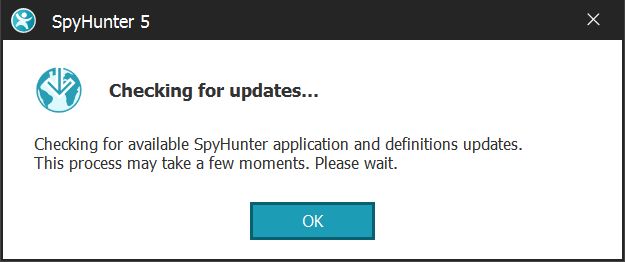
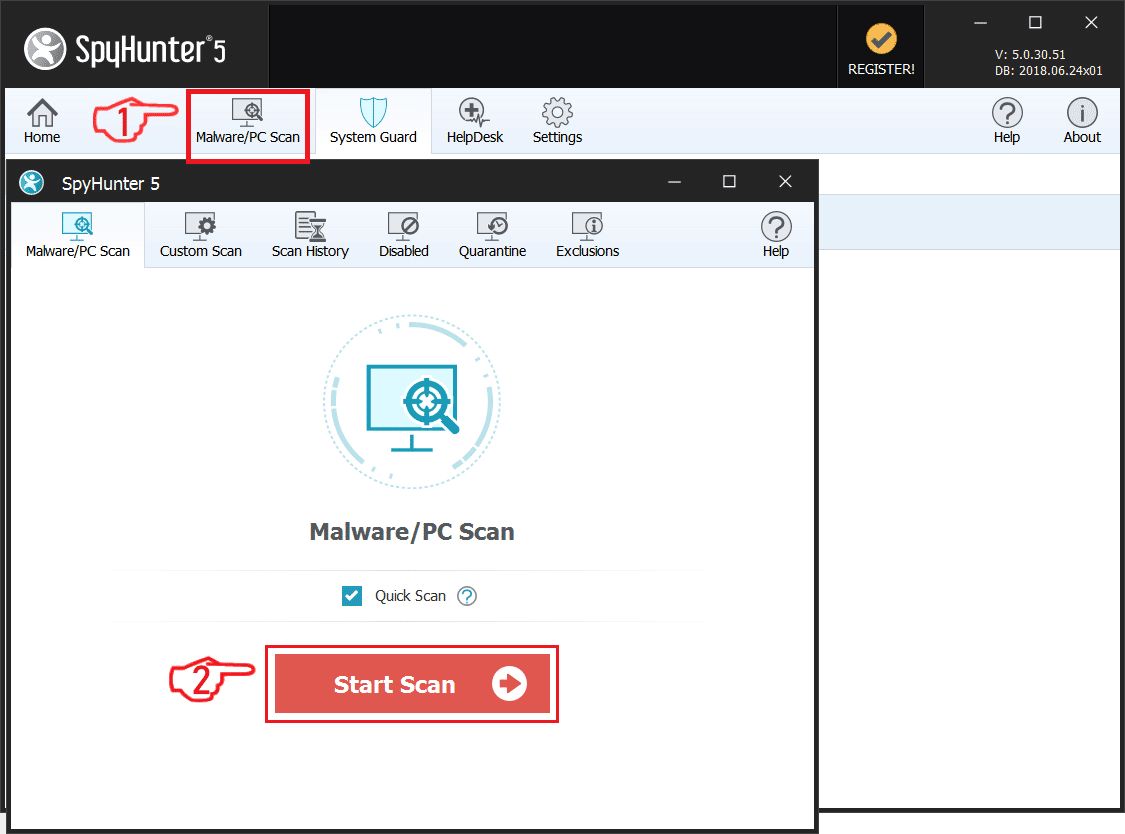
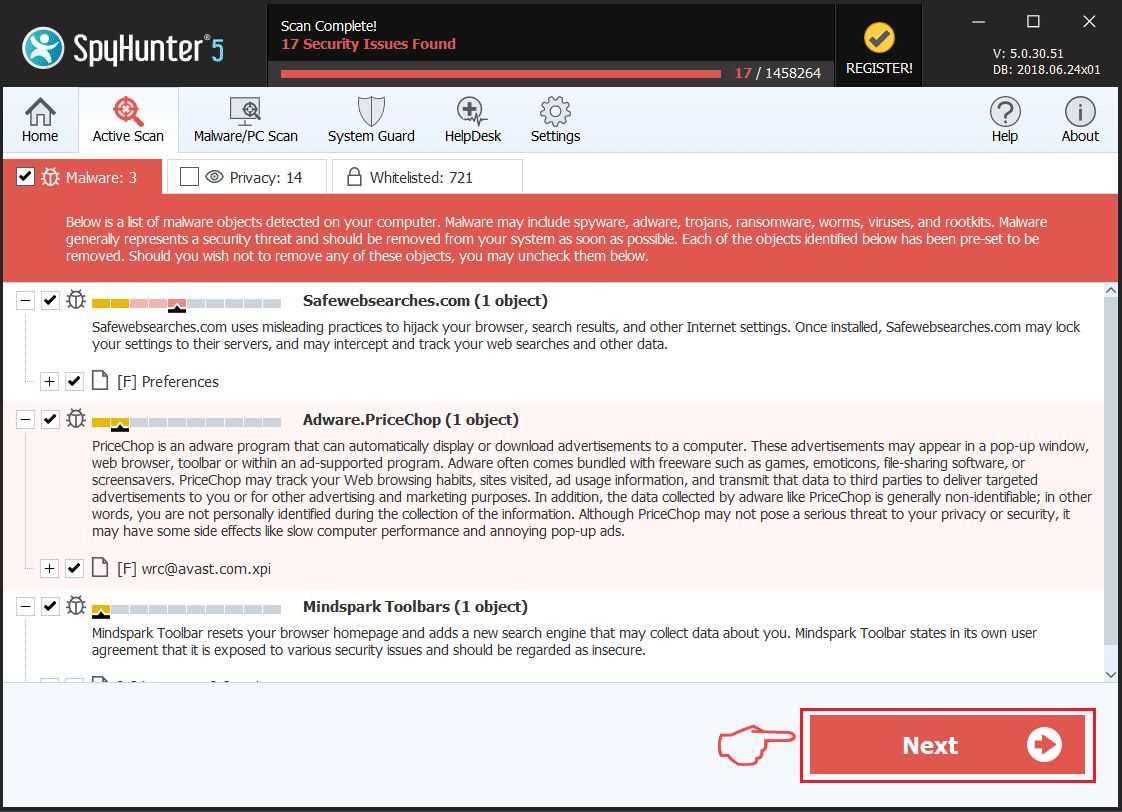
Ransomware Automatic Removal - Video Guide
Step 2: Uninstall .wvtr0 Virus and related malware from Windows
Here is a method in few easy steps that should be able to uninstall most programs. No matter if you are using Windows 10, 8, 7, Vista or XP, those steps will get the job done. Dragging the program or its folder to the recycle bin can be a very bad decision. If you do that, bits and pieces of the program are left behind, and that can lead to unstable work of your PC, errors with the file type associations and other unpleasant activities. The proper way to get a program off your computer is to Uninstall it. To do that:

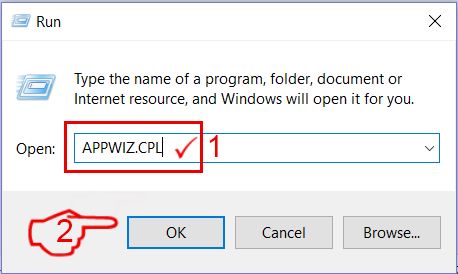
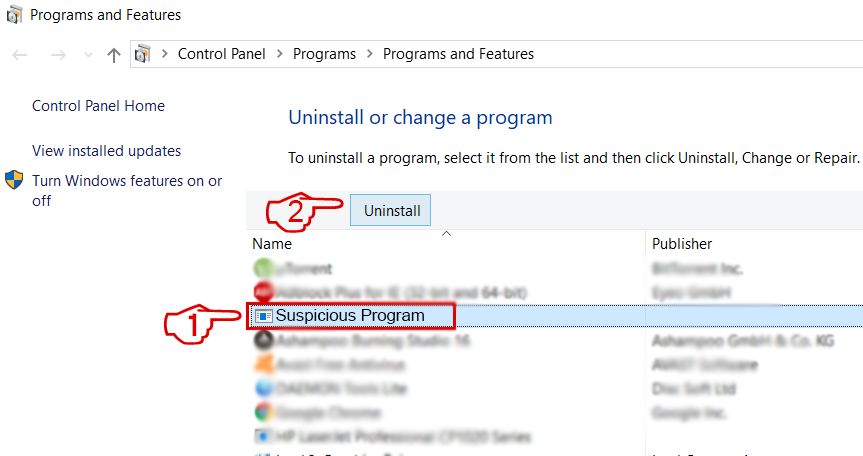 Follow the instructions above and you will successfully delete most unwanted and malicious programs.
Follow the instructions above and you will successfully delete most unwanted and malicious programs.
Step 3: Clean any registries, created by .wvtr0 Virus on your computer.
The usually targeted registries of Windows machines are the following:
- HKEY_LOCAL_MACHINE\Software\Microsoft\Windows\CurrentVersion\Run
- HKEY_CURRENT_USER\Software\Microsoft\Windows\CurrentVersion\Run
- HKEY_LOCAL_MACHINE\Software\Microsoft\Windows\CurrentVersion\RunOnce
- HKEY_CURRENT_USER\Software\Microsoft\Windows\CurrentVersion\RunOnce
You can access them by opening the Windows registry editor and deleting any values, created by .wvtr0 Virus there. This can happen by following the steps underneath:
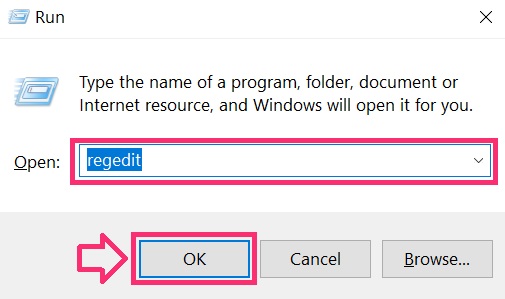

 Tip: To find a virus-created value, you can right-click on it and click "Modify" to see which file it is set to run. If this is the virus file location, remove the value.
Tip: To find a virus-created value, you can right-click on it and click "Modify" to see which file it is set to run. If this is the virus file location, remove the value.
Before starting "Step 4", please boot back into Normal mode, in case you are currently in Safe Mode.
This will enable you to install and use SpyHunter 5 successfully.
Step 4: Boot Your PC In Safe Mode to isolate and remove .wvtr0 Virus

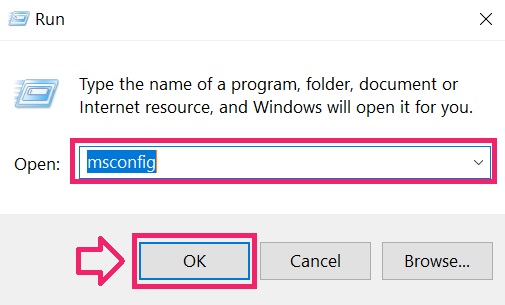
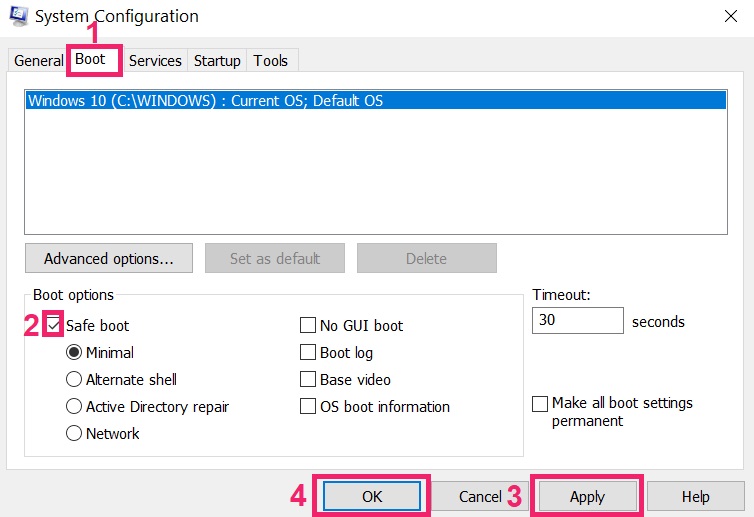
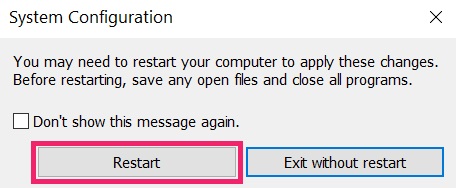
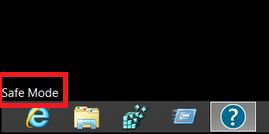
Step 5: Try to Restore Files Encrypted by .wvtr0 Virus.
Method 1: Use STOP Decrypter by Emsisoft.
Not all variants of this ransomware can be decrypted for free, but we have added the decryptor used by researchers that is often updated with the variants which become eventually decrypted. You can try and decrypt your files using the instructions below, but if they do not work, then unfortunately your variant of the ransomware virus is not decryptable.
Follow the instructions below to use the Emsisoft decrypter and decrypt your files for free. You can download the Emsisoft decryption tool linked here and then follow the steps provided below:
1 Right-click on the decrypter and click on Run as Administrator as shown below:
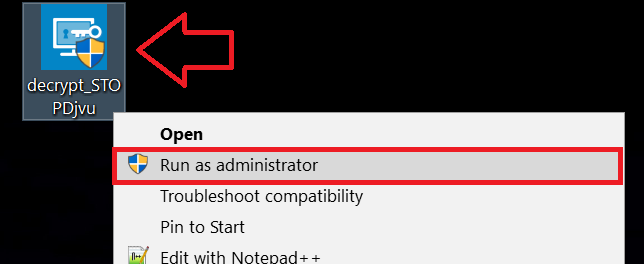
2. Agree with the license terms:
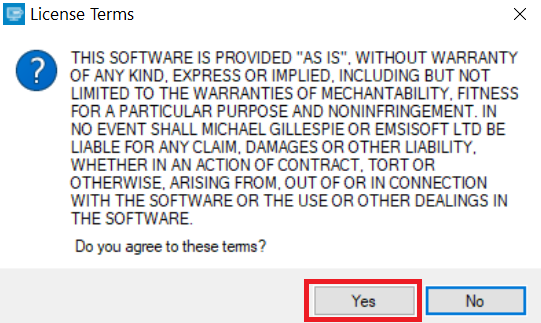
3. Click on "Add Folder" and then add the folders where you want files decrypted as shown underneath:
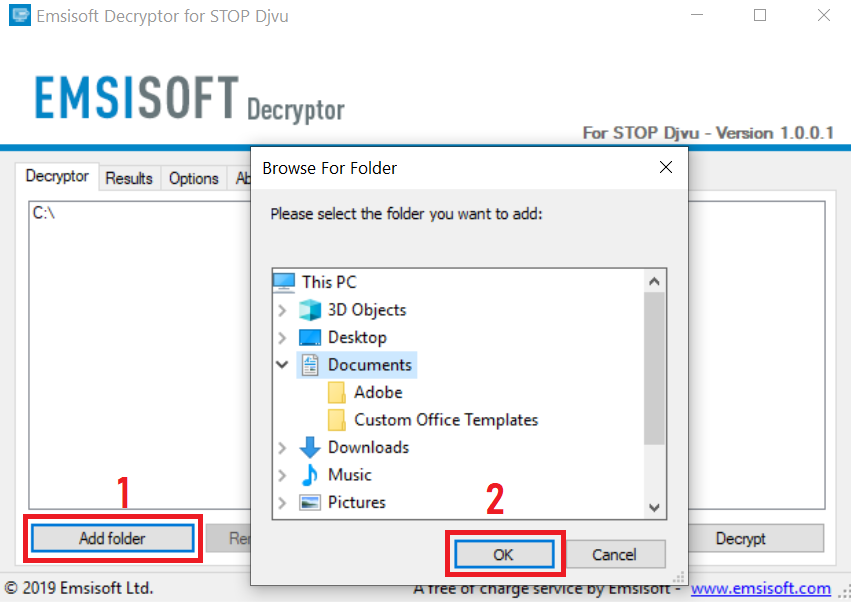
4. Click on "Decrypt" and wait for your files to be decoded.
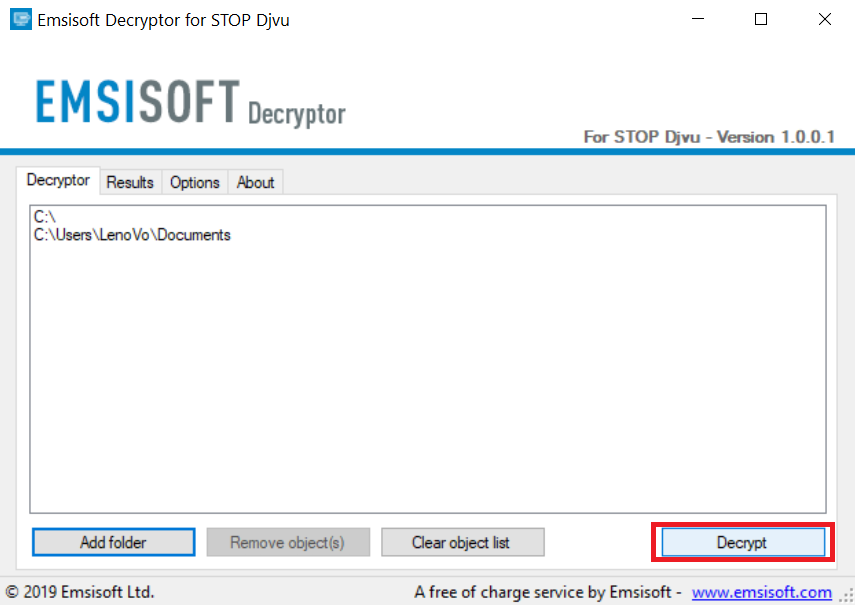
Note: Credit for the decryptor goes to Emsisoft researchers who have made the breakthrough with this virus.
Method 2: Use data recovery software
Ransomware infections and .wvtr0 Virus aim to encrypt your files using an encryption algorithm which may be very difficult to decrypt. This is why we have suggested a data recovery method that may help you go around direct decryption and try to restore your files. Bear in mind that this method may not be 100% effective but may also help you a little or a lot in different situations.
Simply click on the link and on the website menus on the top, choose Data Recovery - Data Recovery Wizard for Windows or Mac (depending on your OS), and then download and run the tool.
.wvtr0 Virus-FAQ
What is .wvtr0 Virus Ransomware?
.wvtr0 Virus is a ransomware infection - the malicious software that enters your computer silently and blocks either access to the computer itself or encrypt your files.
Many ransomware viruses use sophisticated encryption algorithms to make your files inaccessible. The goal of ransomware infections is to demand that you pay a ransom payment to get access to your files back.
What Does .wvtr0 Virus Ransomware Do?
Ransomware in general is a malicious software that is designed to block access to your computer or files until a ransom is paid.
Ransomware viruses can also damage your system, corrupt data and delete files, resulting in the permanent loss of important files.
How Does .wvtr0 Virus Infect?
Via several ways..wvtr0 Virus Ransomware infects computers by being sent via phishing emails, containing virus attachment. This attachment is usually masked as an important document, like an invoice, bank document or even a plane ticket and it looks very convincing to users.
Another way you may become a victim of .wvtr0 Virus is if you download a fake installer, crack or patch from a low reputation website or if you click on a virus link. Many users report getting a ransomware infection by downloading torrents.
How to Open ..wvtr0 Virus files?
You can't without a decryptor. At this point, the ..wvtr0 Virus files are encrypted. You can only open them once they are decrypted using a specific decryption key for the particular algorithm.
What to Do If a Decryptor Does Not Work?
Do not panic, and backup the files. If a decryptor did not decrypt your ..wvtr0 Virus files successfully, then do not despair, because this virus is still new.
Can I Restore "..wvtr0 Virus" Files?
Yes, sometimes files can be restored. We have suggested several file recovery methods that could work if you want to restore ..wvtr0 Virus files.
These methods are in no way 100% guaranteed that you will be able to get your files back. But if you have a backup, your chances of success are much greater.
How To Get Rid of .wvtr0 Virus Virus?
The safest way and the most efficient one for the removal of this ransomware infection is the use a professional anti-malware program.
It will scan for and locate .wvtr0 Virus ransomware and then remove it without causing any additional harm to your important ..wvtr0 Virus files.
Can I Report Ransomware to Authorities?
In case your computer got infected with a ransomware infection, you can report it to the local Police departments. It can help authorities worldwide track and determine the perpetrators behind the virus that has infected your computer.
Below, we have prepared a list with government websites, where you can file a report in case you are a victim of a cybercrime:
Cyber-security authorities, responsible for handling ransomware attack reports in different regions all over the world:
Germany - Offizielles Portal der deutschen Polizei
United States - IC3 Internet Crime Complaint Centre
United Kingdom - Action Fraud Police
France - Ministère de l'Intérieur
Italy - Polizia Di Stato
Spain - Policía Nacional
Netherlands - Politie
Poland - Policja
Portugal - Polícia Judiciária
Greece - Cyber Crime Unit (Hellenic Police)
India - Mumbai Police - CyberCrime Investigation Cell
Australia - Australian High Tech Crime Center
Reports may be responded to in different timeframes, depending on your local authorities.
Can You Stop Ransomware from Encrypting Your Files?
Yes, you can prevent ransomware. The best way to do this is to ensure your computer system is updated with the latest security patches, use a reputable anti-malware program and firewall, backup your important files frequently, and avoid clicking on malicious links or downloading unknown files.
Can .wvtr0 Virus Ransomware Steal Your Data?
Yes, in most cases ransomware will steal your information. It is a form of malware that steals data from a user's computer, encrypts it, and then demands a ransom in order to decrypt it.
In many cases, the malware authors or attackers will threaten to delete the data or publish it online unless the ransom is paid.
Can Ransomware Infect WiFi?
Yes, ransomware can infect WiFi networks, as malicious actors can use it to gain control of the network, steal confidential data, and lock out users. If a ransomware attack is successful, it could lead to a loss of service and/or data, and in some cases, financial losses.
Should I Pay Ransomware?
No, you should not pay ransomware extortionists. Paying them only encourages criminals and does not guarantee that the files or data will be restored. The better approach is to have a secure backup of important data and be vigilant about security in the first place.
What Happens If I Don't Pay Ransom?
If you don't pay the ransom, the hackers may still have access to your computer, data, or files and may continue to threaten to expose or delete them, or even use them to commit cybercrimes. In some cases, they may even continue to demand additional ransom payments.
Can a Ransomware Attack Be Detected?
Yes, ransomware can be detected. Anti-malware software and other advanced security tools can detect ransomware and alert the user when it is present on a machine.
It is important to stay up-to-date on the latest security measures and to keep security software updated to ensure ransomware can be detected and prevented.
Do Ransomware Criminals Get Caught?
Yes, ransomware criminals do get caught. Law enforcement agencies, such as the FBI, Interpol and others have been successful in tracking down and prosecuting ransomware criminals in the US and other countries. As ransomware threats continue to increase, so does the enforcement activity.
About the .wvtr0 Virus Research
The content we publish on SensorsTechForum.com, this .wvtr0 Virus how-to removal guide included, is the outcome of extensive research, hard work and our team’s devotion to help you remove the specific malware and restore your encrypted files.
How did we conduct the research on this ransomware?
Our research is based on an independent investigation. We are in contact with independent security researchers, and as such, we receive daily updates on the latest malware and ransomware definitions.
Furthermore, the research behind the .wvtr0 Virus ransomware threat is backed with VirusTotal and the NoMoreRansom project.
To better understand the ransomware threat, please refer to the following articles which provide knowledgeable details.
As a site that has been dedicated to providing free removal instructions for ransomware and malware since 2014, SensorsTechForum’s recommendation is to only pay attention to trustworthy sources.
How to recognize trustworthy sources:
- Always check "About Us" web page.
- Profile of the content creator.
- Make sure that real people are behind the site and not fake names and profiles.
- Verify Facebook, LinkedIn and Twitter personal profiles.


